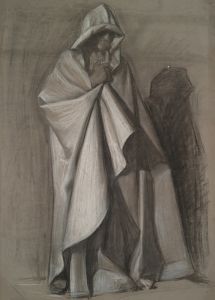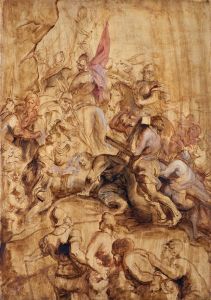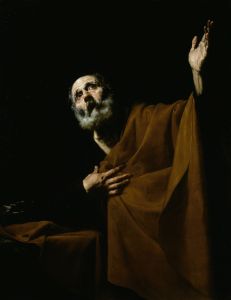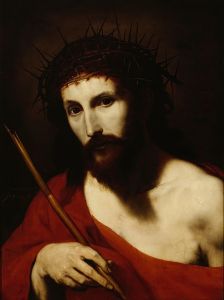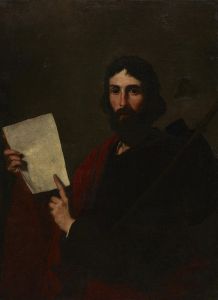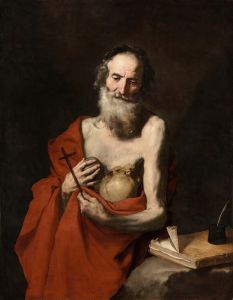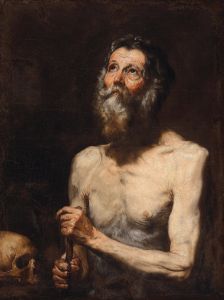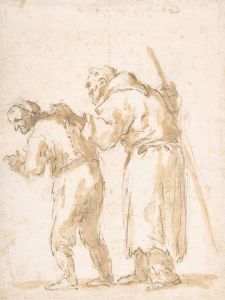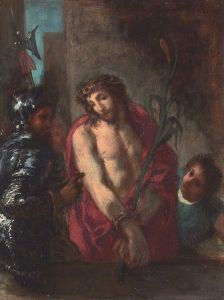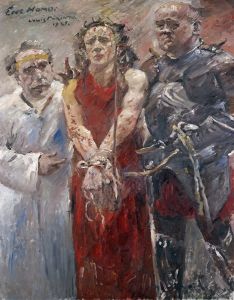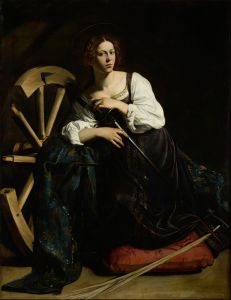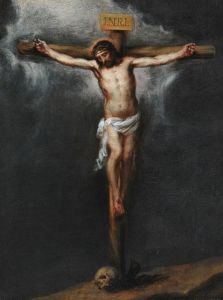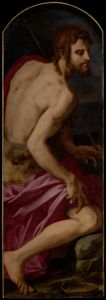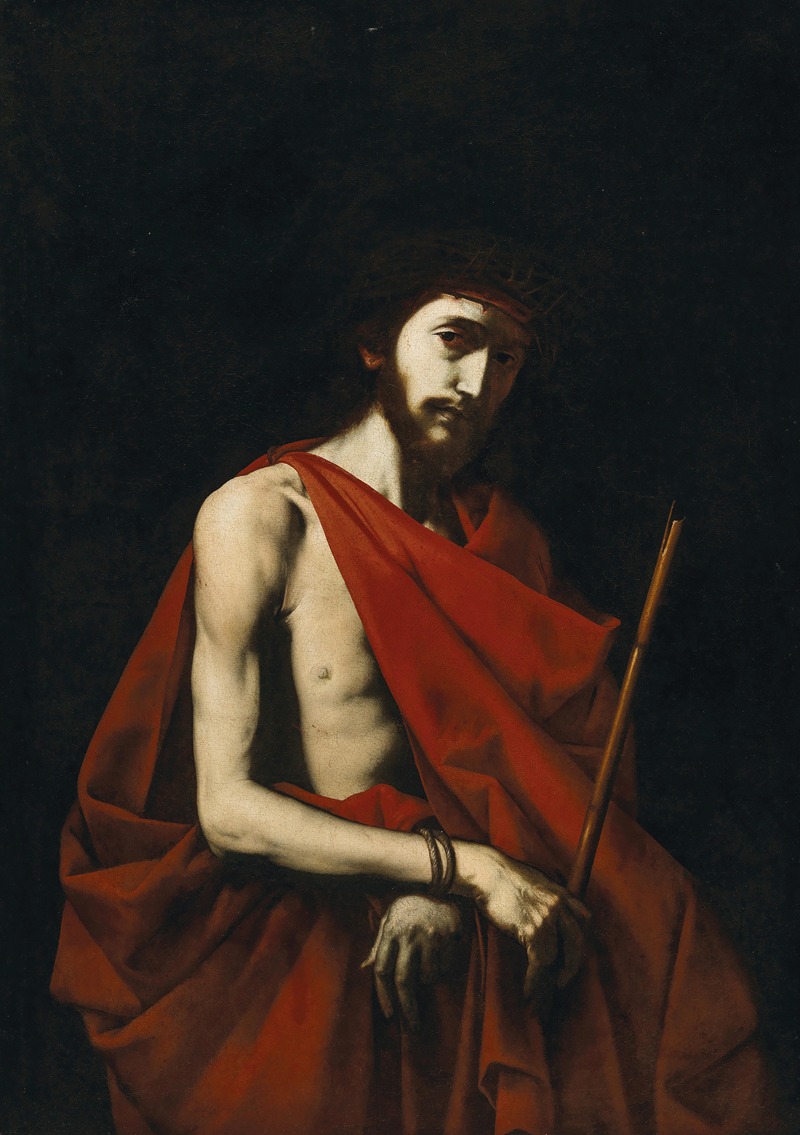
Ecce Homo
A hand-painted replica of Jusepe de Ribera’s masterpiece Ecce Homo, meticulously crafted by professional artists to capture the true essence of the original. Each piece is created with museum-quality canvas and rare mineral pigments, carefully painted by experienced artists with delicate brushstrokes and rich, layered colors to perfectly recreate the texture of the original artwork. Unlike machine-printed reproductions, this hand-painted version brings the painting to life, infused with the artist’s emotions and skill in every stroke. Whether for personal collection or home decoration, it instantly elevates the artistic atmosphere of any space.
Jusepe de Ribera's Ecce Homo is a significant work of art created by the Spanish Baroque painter, who spent most of his career in Naples, Italy. Ribera, known for his dramatic use of chiaroscuro and his intense emotional realism, painted several versions of the Ecce Homo theme, which depicts the moment when Jesus Christ, crowned with thorns and draped in a purple robe, is presented to the crowd by Pontius Pilate with the words "Ecce Homo" ("Behold the Man").
The painting portrays Christ in a moment of profound suffering and humiliation, a common subject in Christian art that emphasizes his humanity and the physical and emotional pain endured during the Passion. Ribera's interpretation is marked by his characteristic focus on raw, unidealized human emotion and physicality. The figure of Christ is often shown with a downcast gaze, bloodied from the crown of thorns, and with a somber, resigned expression that invites the viewer to reflect on themes of sacrifice and redemption.
Ribera's mastery of light and shadow is evident in this work, as he uses stark contrasts to highlight the contours of Christ's face and the texture of his robe, creating a sense of immediacy and intimacy. The dark background isolates the figure, drawing attention to the suffering of Christ and enhancing the emotional impact of the scene. This approach aligns with the tenets of the Counter-Reformation, which sought to evoke deep emotional responses and spiritual contemplation through art.
While Ribera painted multiple versions of Ecce Homo, the specific details of each version, including their dates and locations, vary. Some are housed in prominent museums and collections, such as the Museo del Prado in Madrid, which holds a notable example of Ribera's work on this theme. The exact dating of these paintings is often debated, but they are generally attributed to the 1620s and 1630s, a period when Ribera was at the height of his artistic career.
Ribera's Ecce Homo exemplifies his ability to combine technical skill with a profound exploration of human emotion and religious devotion. The painting remains a powerful representation of the Baroque era's emphasis on dramatic realism and spiritual intensity.





